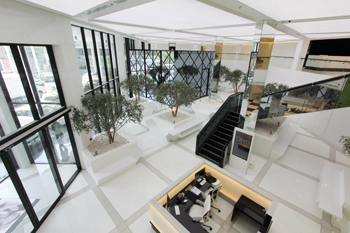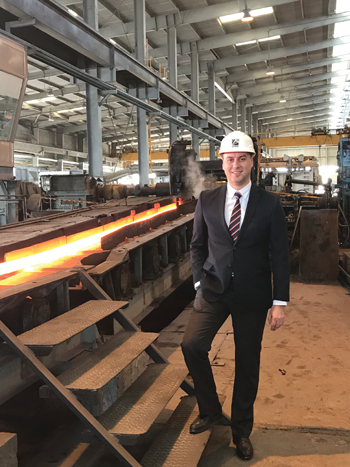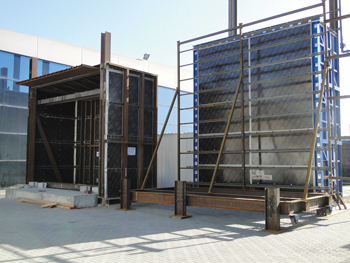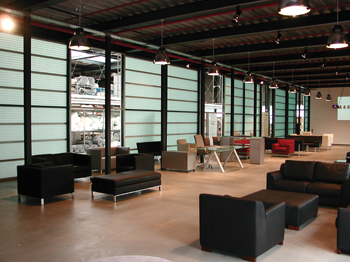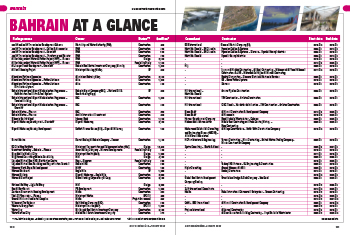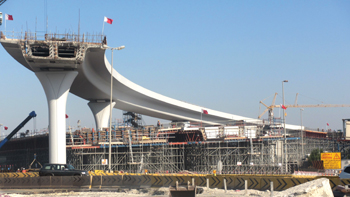
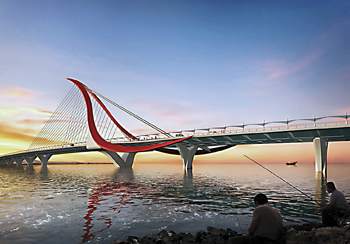 The Fourth Crossing ... S-shaped curved line to evoke liveliness and movement.
The Fourth Crossing ... S-shaped curved line to evoke liveliness and movement.
The Ministry of Works, Municipalities Affairs and Urban Planning (MoWMAUP) is investing millions of dollars to expand Bahrain’s road network, and among its major projects on the anvil is the Fourth Crossing, which forms an extension of the Muharraq Ring Road scheme.
This key bridge, which links the northern shore of Manama and Busaiteen in the Muharraq Governorate, will serve as the fourth crossing between Bahrain’s capital and Muharraq island – the others being Shaikh Hamad Causeway, Shaikh Isa Causeway and Shaikh Khalifa Causeway.
“The main bridge is at the final stages of design, and will be tendered during the second half of 2018,” a spokesman for the MoWMAUP tells Gulf Construction.
The Muharraq Ring Road, being implemented in various phases, is meant to provide an alternative access to the northern villages and the major private developments around Muharraq. It will connect the Busaiteen Link and Arad Highway and will eventually create grade separation on key intersections to ease traffic congestions and allow free flow, the spokesman says.
The first phase of the Muharraq Ring Road has been completed while work on Phase Two is 65 per cent complete and will be finished in the first quarter of 2018, he reveals.
“Muharraq Ring Road complements the existing road network to provide better accessibility and encourage further investment. The rapid growth of the area as well as the major housing projects executed by the government or the private sector necessitate this upgrade,” he says.
The highway links the industrial area and port with key facilities in Muharraq, such as the airport. All the phases have been designed and supervised by the ministry’s resources.
The North Manama Causeway Phase Two (NMC2) and Busaiteen Link Road Project (BL) involve the design and construction of a strategic network comprising more than 30 km of road, seven multi-level junctions and two at-grade junctions, and the signature bridge. This will support future developments in Bahrain with the aim of servicing the expansion planned in the capital and Muharraq Governorate in line with the 2030 Vision, the spokesman says.
The NMC2 project is in the preliminary design phase, he adds.
“The Busaiteen link in particular will augment access capacity to and from Muharraq and better serve the connectivity needs of planned housing and investment projects in the area,” the spokesman says.
The MOWMAUP appointed Aecom in April 2016 to provide pre- and post-contract engineering consultancy services for NMC2 and BL from the inception through to construction stages.
Fourth Crossing
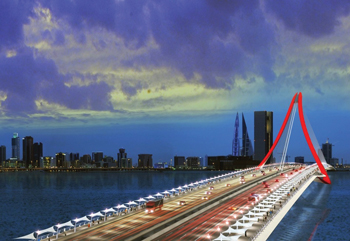 |
|
Construction of the bridge will involve use of materials that will minimise the carbon footprint. |
Several studies were conducted including investigations, modelling, environmental impact and socio-economic benefit assessments plus detailed design of several bridges and viaducts. The tender requirements for the main crossing was bold and specific, says the spokesman.
The design for the crossing focused on creating a signature bridge that embraced “the aspirations of the kingdom, combined with analyses of the surroundings and site constraints, to deliver an architectural and engineering solution that reflects not only the history, culture and but also promotes aesthetics, innovation, technical excellence, constructability and economy,” he elaborates.
An S-shaped double curvature was selected as being the most appropriate both from an aesthetic and engineering point of view. His Royal Highness Prime Minister Prince Khalifa bin Salman Al Khalifa chose and approved the concept, subsequently directing the MoWMAUP to proceed with design and implementation, the spokesman adds.
The structure will comprise a 482-m-long crossing incorporating a cable-stay bridge with a main span of 150 m and back span of 72 m, flanked by approach viaducts that are 160-m and 100-m long at the north and south ends respectively.
A traffic impact analysis (TIA) determined that a five-lane dual crossing is required across the causeway link. Together with the footways on either side, it would be one the widest cable-stayed bridges in the region, he says.
“The static and dynamic behaviour of the bridge crossing is very complex,” says the spokesman, adding that sophisticated computer analysis models were created to study the staged construction of the deck and pylon, and the effects of permanent and transient including project-specific live loads, wind, temperature and seismic.
Steel and concrete will be used in the deck and pylon to counterbalance the adverse effects of the asymmetric cable-stayed structure. The pylon is arranged as a curving A-frame, leaning towards the span and meeting at the tip over the centre of the deck. The tower (approximately 93 m high) swoops in an S-shape like a giant crashing wave creating a unique and instantly memorable structure, the spokesman explains.
The S-shape-pylon supports the deck from the upper arch sections via two planes of stay cables anchored at the deck edges. The lower section of the tower swoops down towards the water before rising back up to the deck to complete the S-shaped geometry.
The pylon supports a twin hull deck with a central void joined by transverse girders. The main span is supported by two planes of cables, anchored close to the deck edges. The stay cables are arranged in parallel ‘harp’ arrays, appearing harmonious from all viewpoints, avoiding the visual confusion experienced in overlapping conventional semi-fan arrangements.
The stay cables are state-of-the-art with four-level corrosion protection for durability. Their installation and sequence of stressing are very complex, and these have studied in detail to achieve an optimum solution.
At nominally 3.2 m deep, the dual deck of the steel main span and the twin decks of the approach viaducts will have a slender appearance. Both concrete and steel decks have an identical tapered leading edge which is inclined upwards. This geometry breaks down the visual mass of both deck structures to give them a streamlined appearance.
A pedestrian footway at the outer edges of the bridge deck will provide a relaxed, contained environment for users, safely bound by a vehicle barrier on the inside and a pedestrian parapet on the outside.
“The footway swells on plan at the back span of the bridge to become a generous belvedere or scenic overlook, framed dramatically by the tail of the main pylon and providing an impressive destination for bridge users, offering unique views of the dramatic structure and vistas back to Manama and Busaiteen,” the spokesman says. “Pedestrians will pass beneath the pylon, cradled by the main pier before emerging into the wide, open space of the belvedere with unimpeded views to the bay.”
Each light pole supports an array of triangular “sails”. The sails cantilever above the footway, describing a zig-zag pattern in plan over the footway. The armatures are finished with a high-performance paint system in a neutral dark grey color.
The initial reclamation, highways and structures of the project are scheduled for completion by October 2022.
Sustainability
The design was developed to enhance and sustain Bahrain’s built, natural, and social environments and involved robust environmental assessment to minimise impacts. Construction of the bridge will involve use of materials that will minimise the carbon footprint; innovative methods of erection engineering deploying a combination of cable stressing and support jacking; and a durable paint system for the steel surfaces.
During the design phase, a detailed designer risk assessment was prepared to identify hazards, qualitatively evaluate the risk.
Busaiteen Link
Meanwhile, two phases of the Busaiteen Link exit extension were completed recently to ease traffic flow from Al Ghose highway as it exits towards Shaikh Isa Bin Salman Highway. The exit extensions are linked directly to the new developments in the Busaiteen area and serve as a diversion and quick exit for Manama inbound traffic flow.
Further, a third minor extension work serving as an exit from Shaikh Isa Bin Salman Highway (Quick Win) to Busaiteen is proposed and is at the design stage.
 |
|
The Busaiteen Link Road Project ... will ease traffic congestion. |



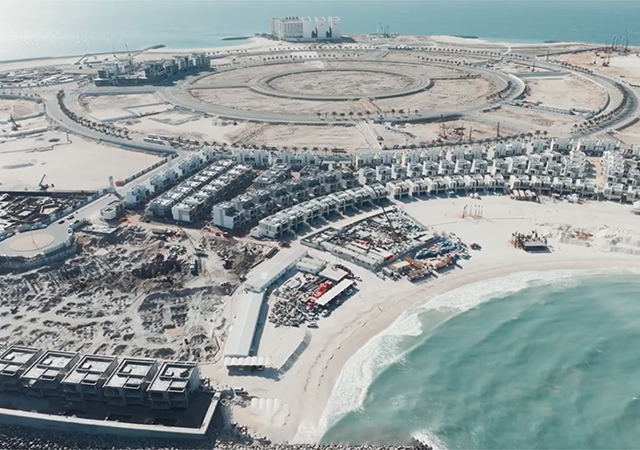

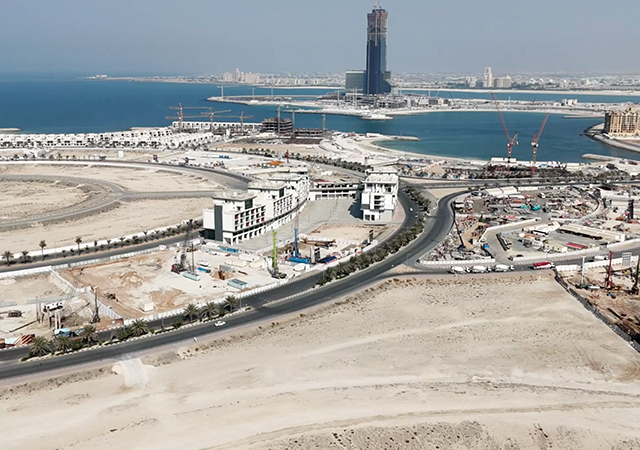
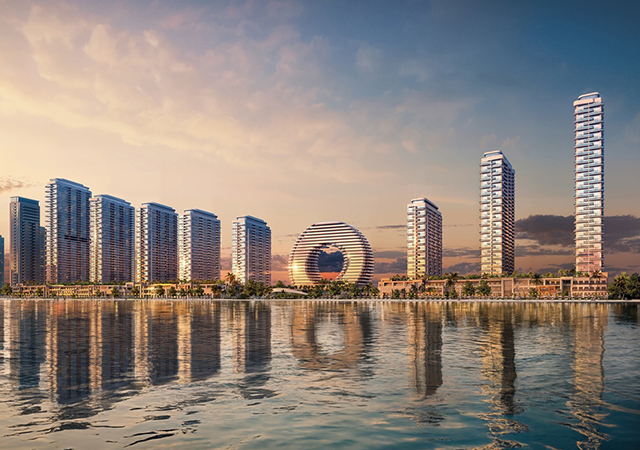
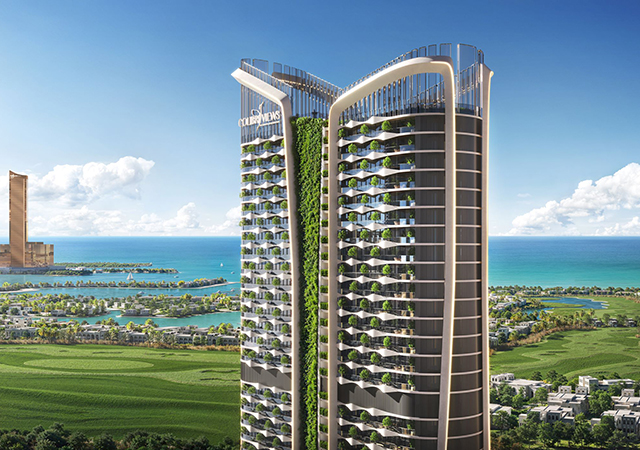
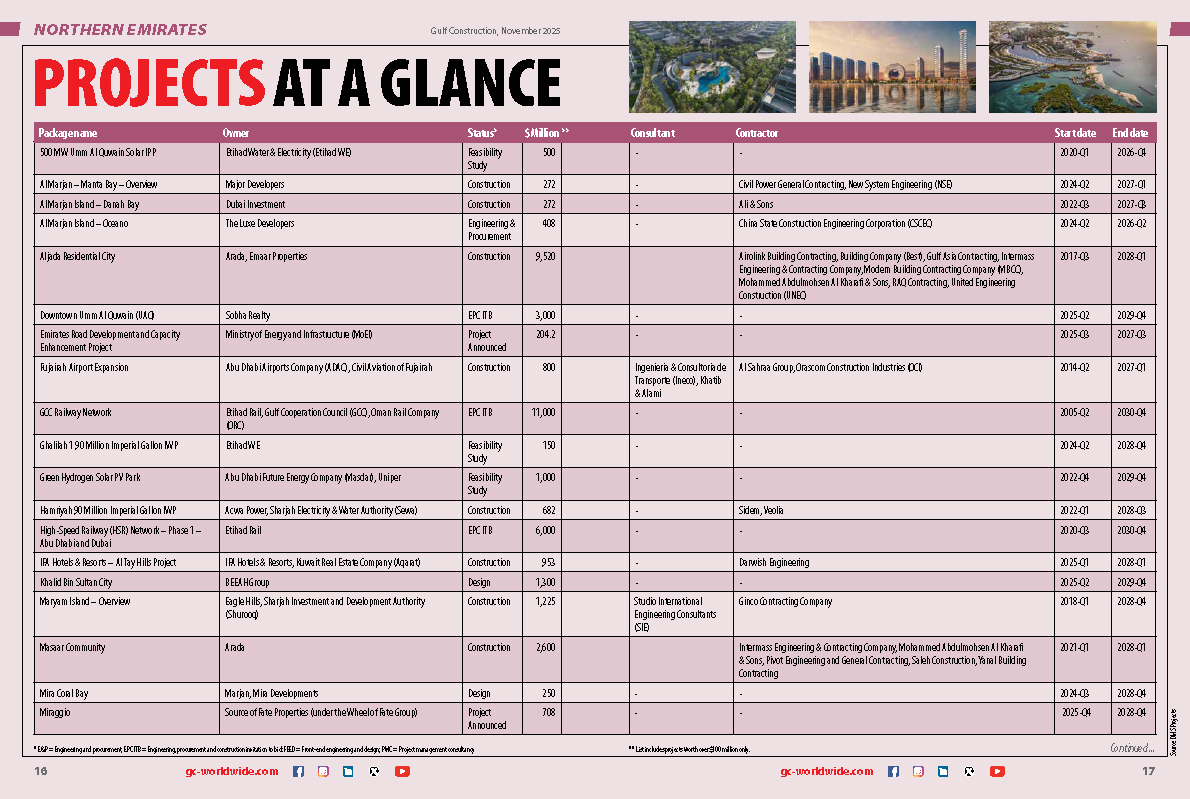
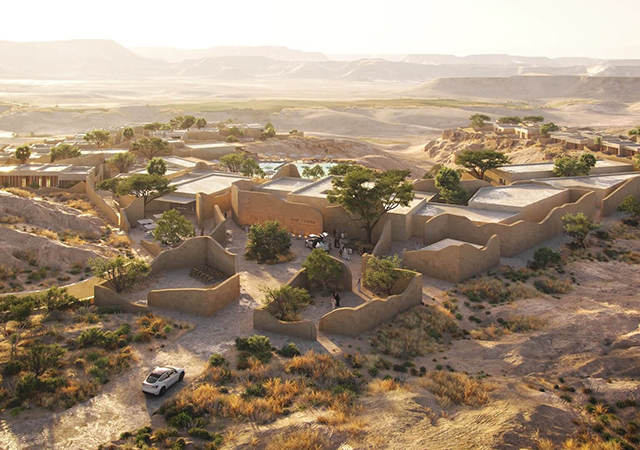

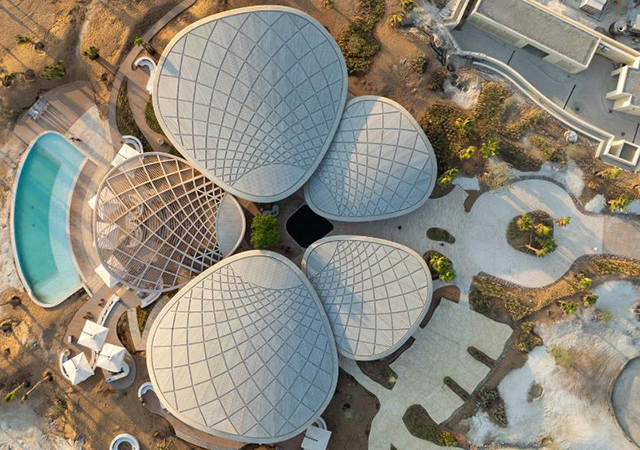

(5).jpg)
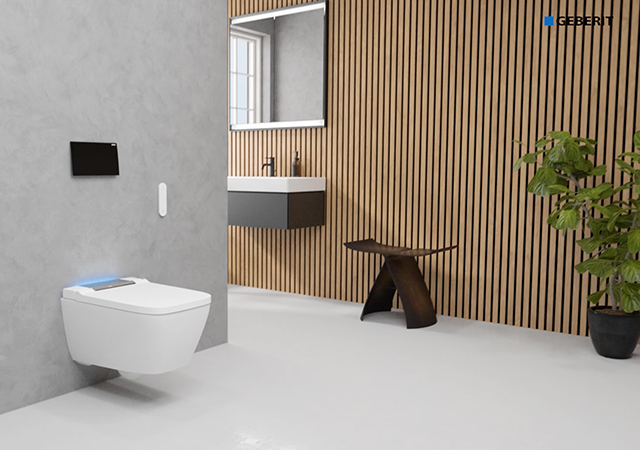

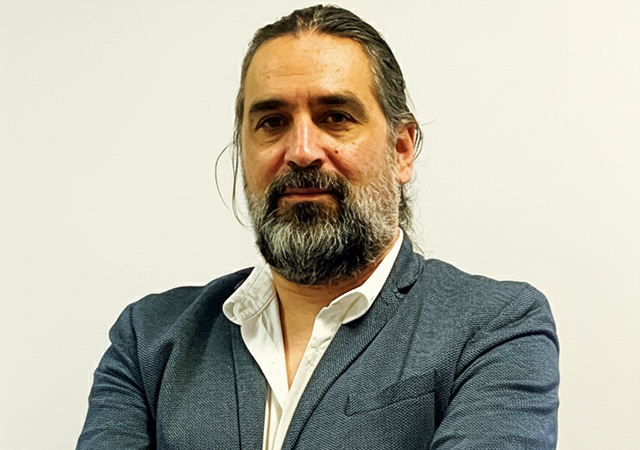
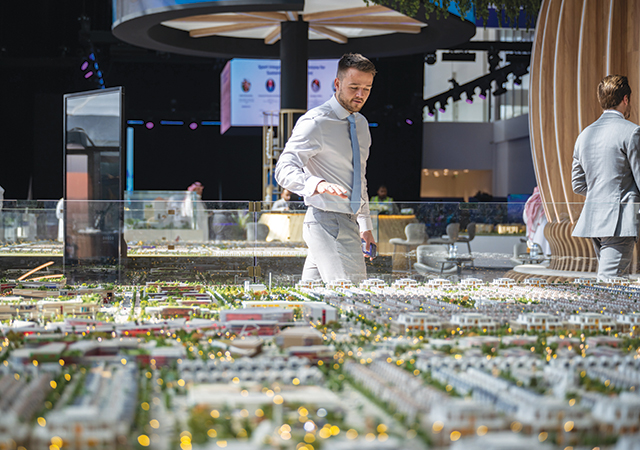
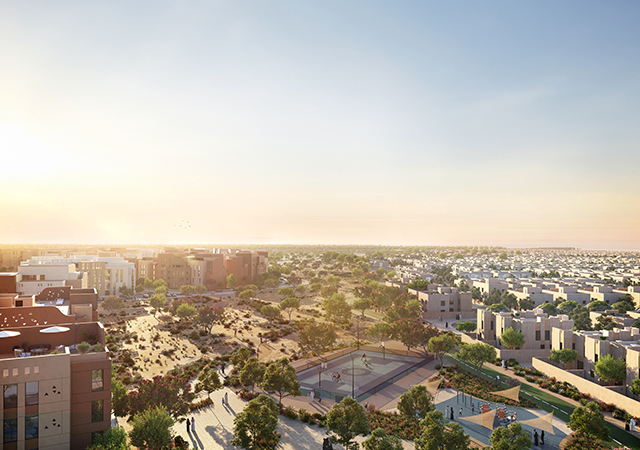
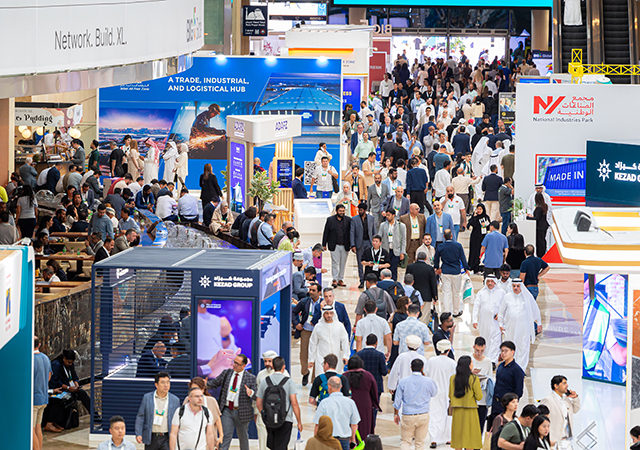

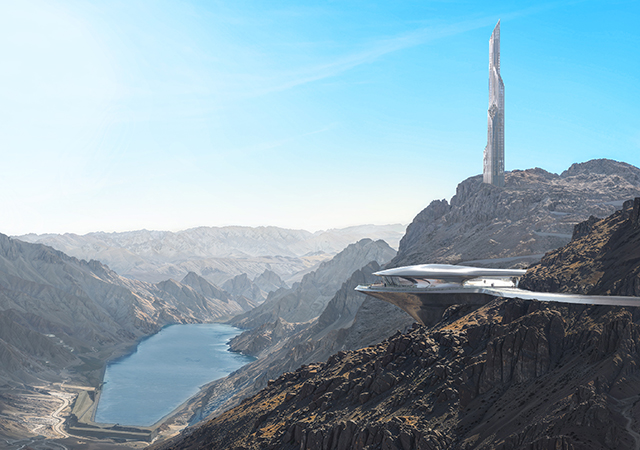
.jpg)
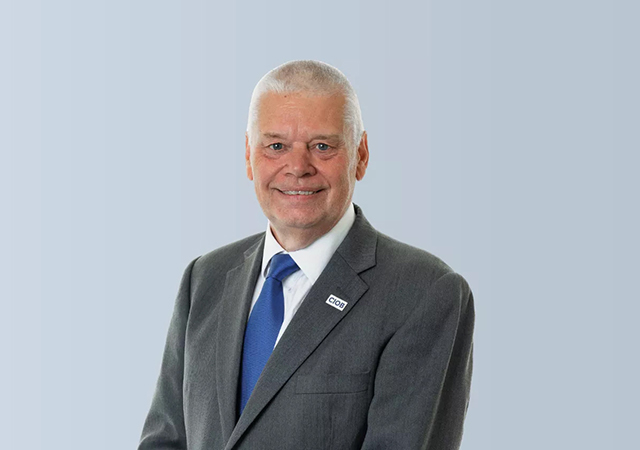

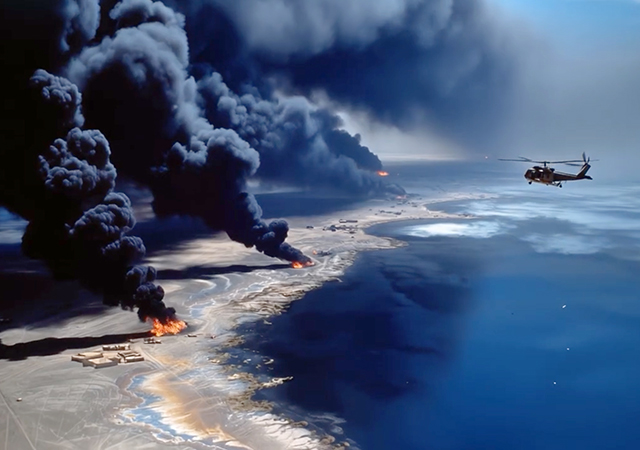
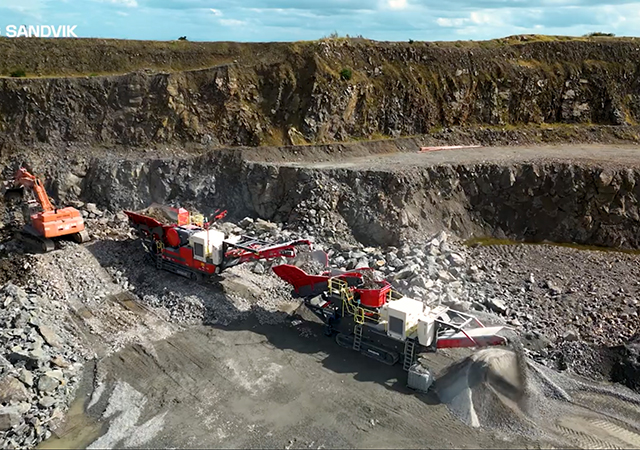
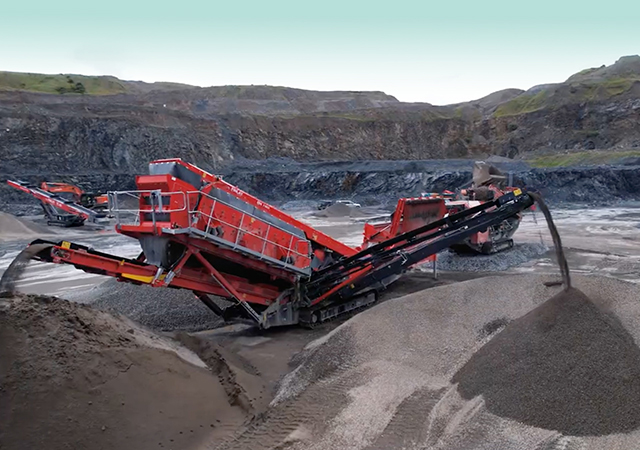
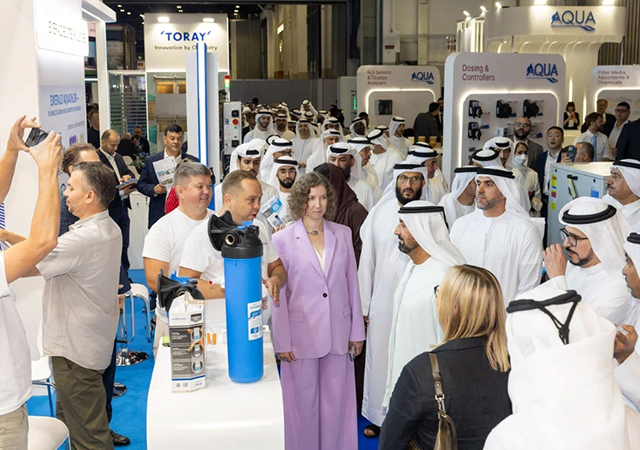

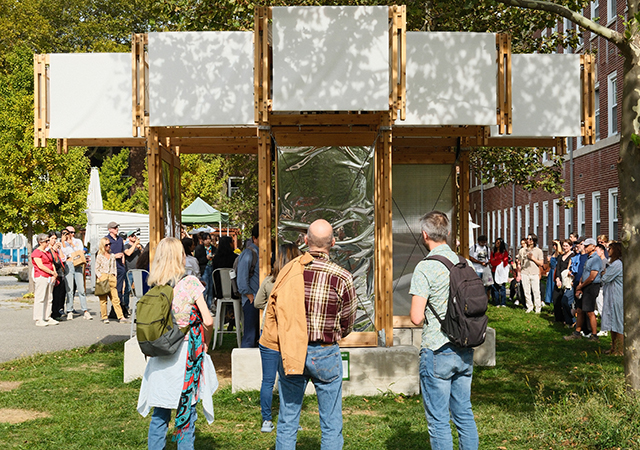

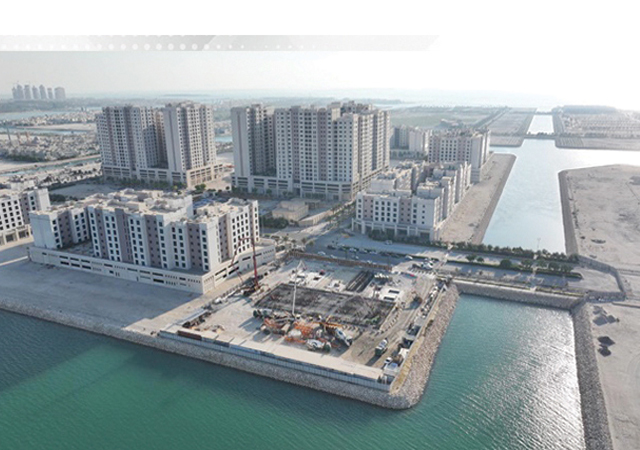
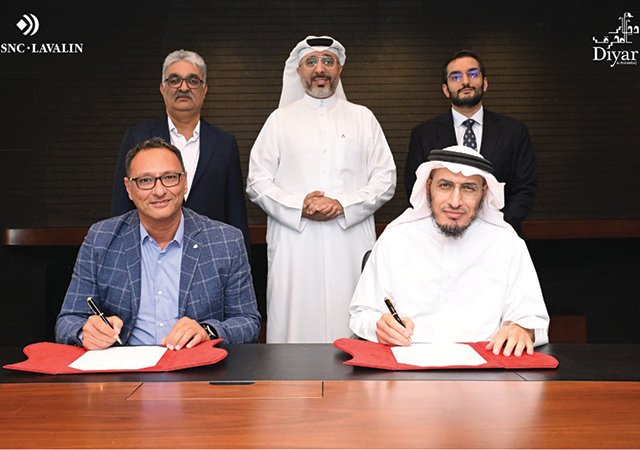
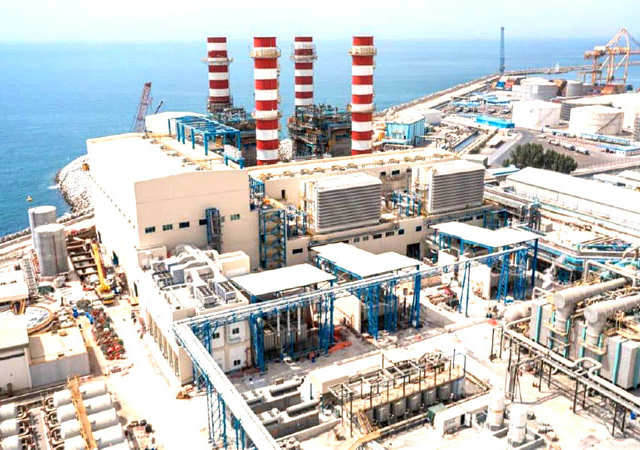
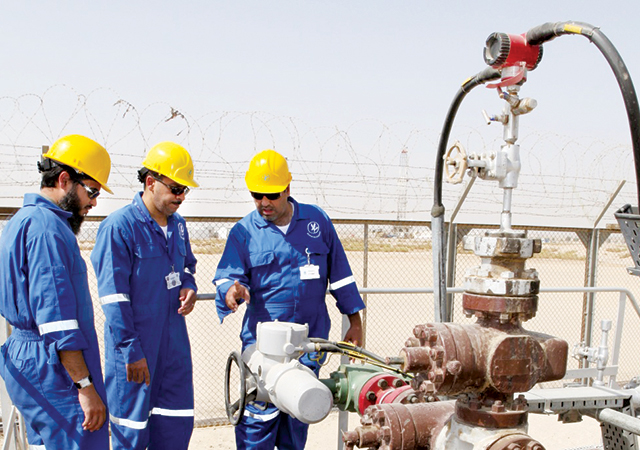
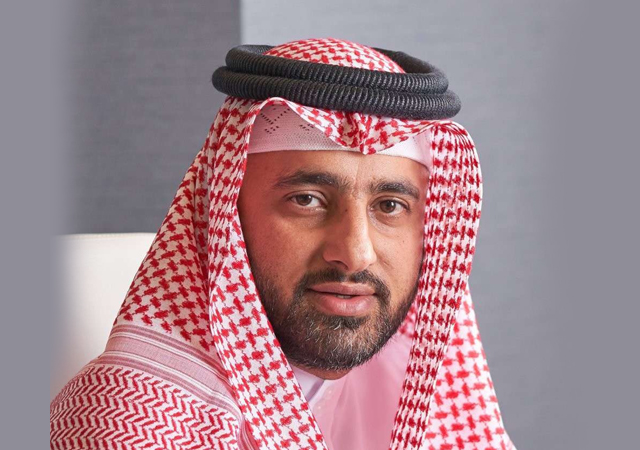

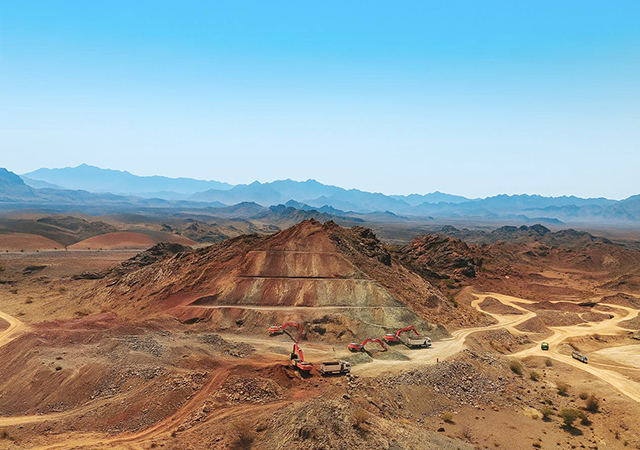
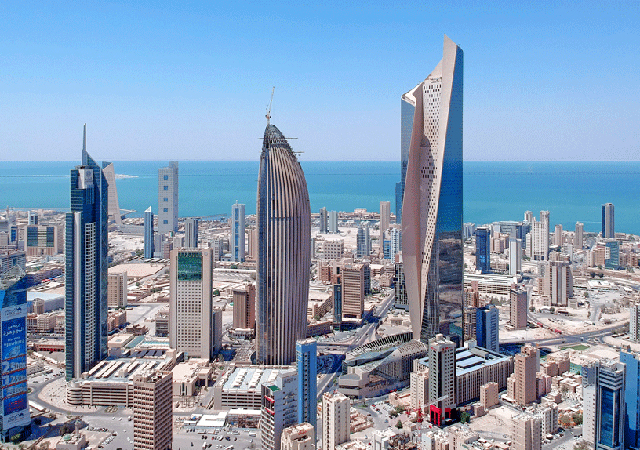
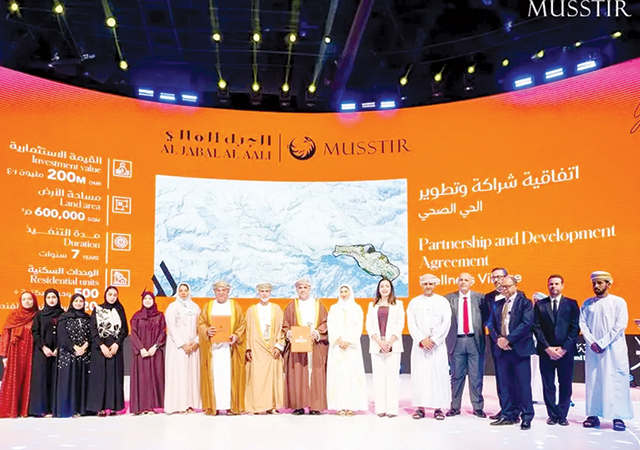
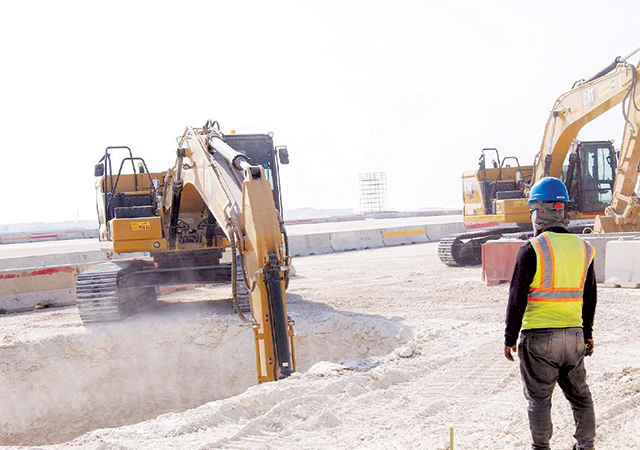
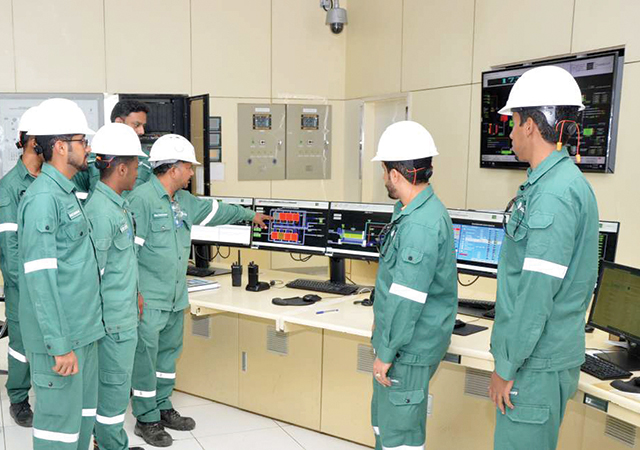
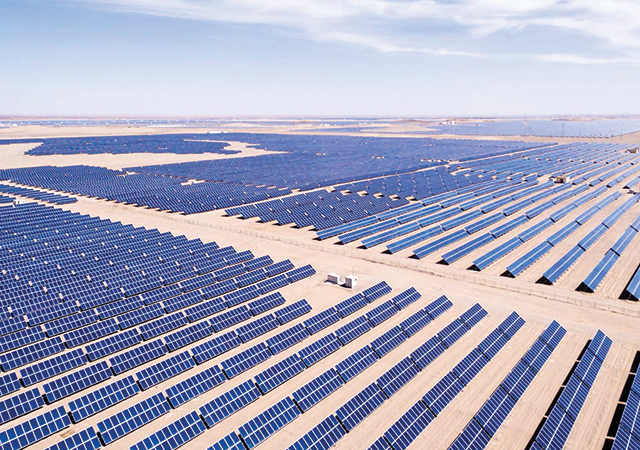
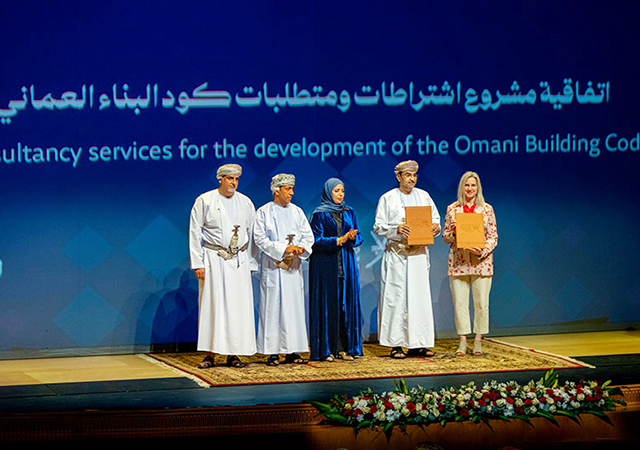
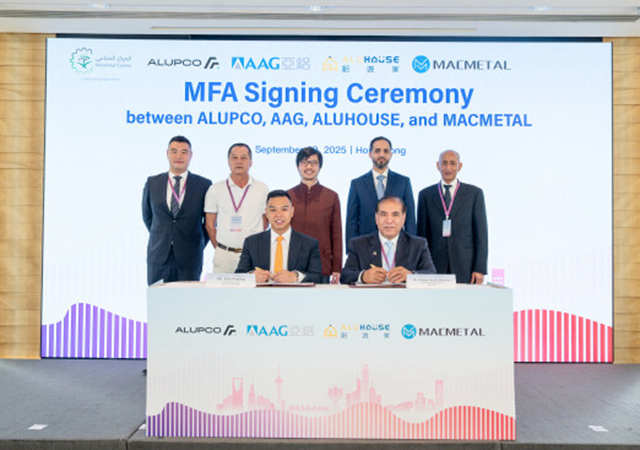
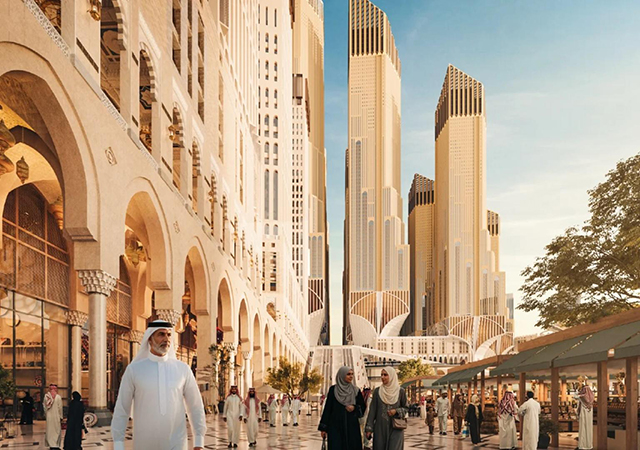
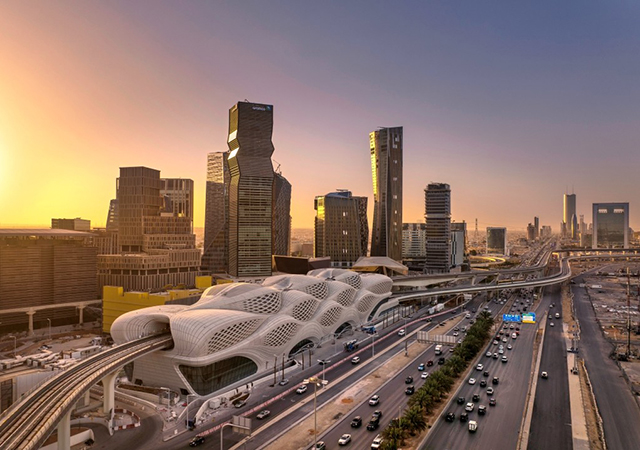
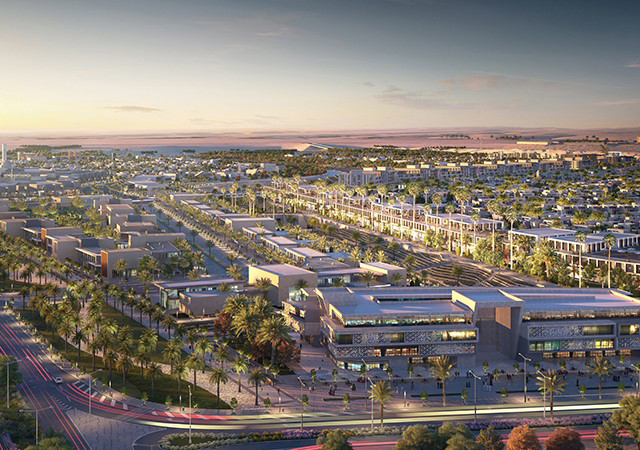
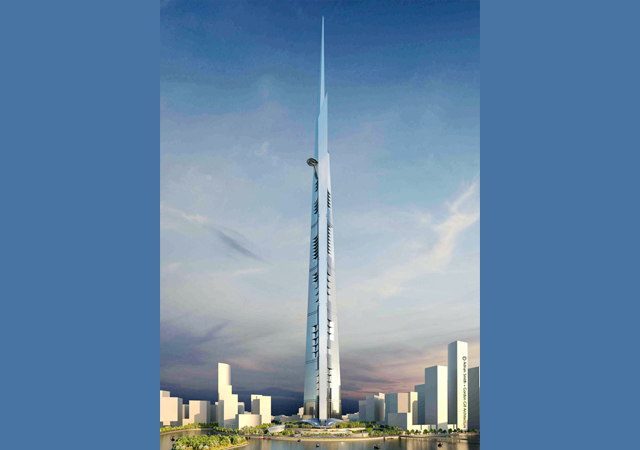
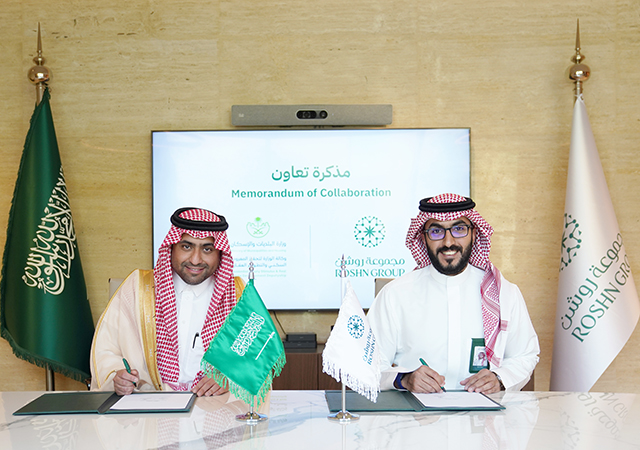


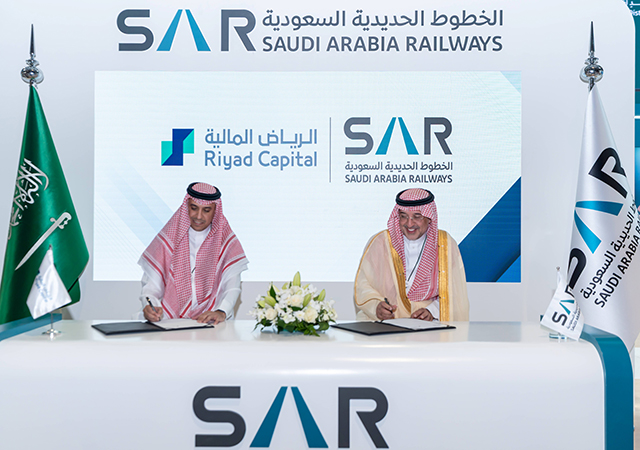
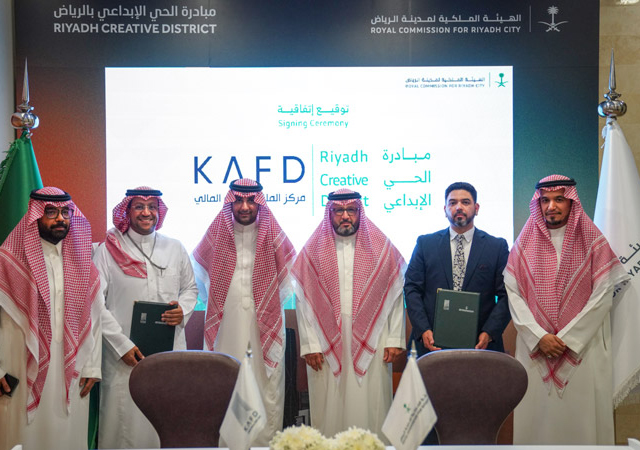
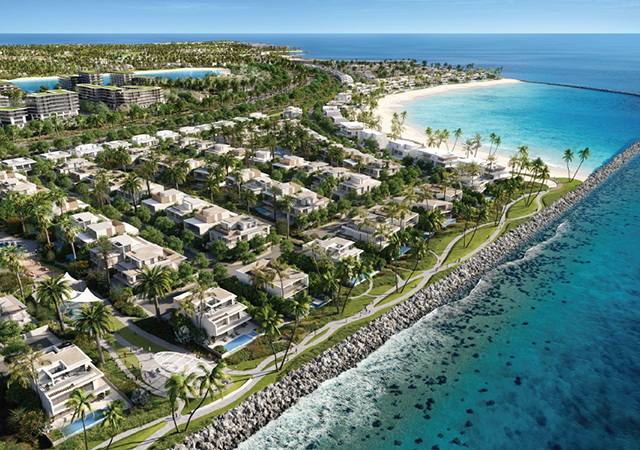
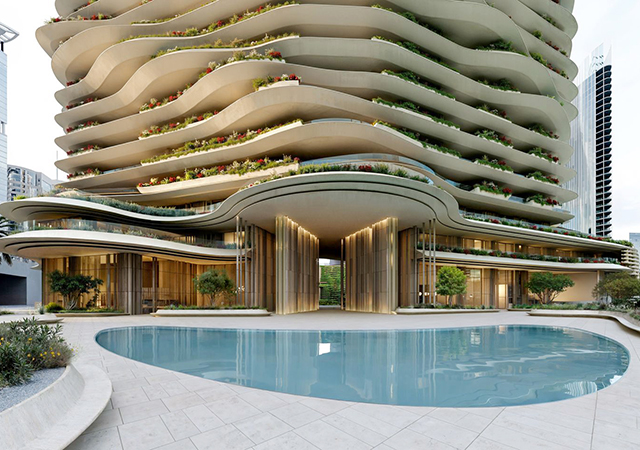
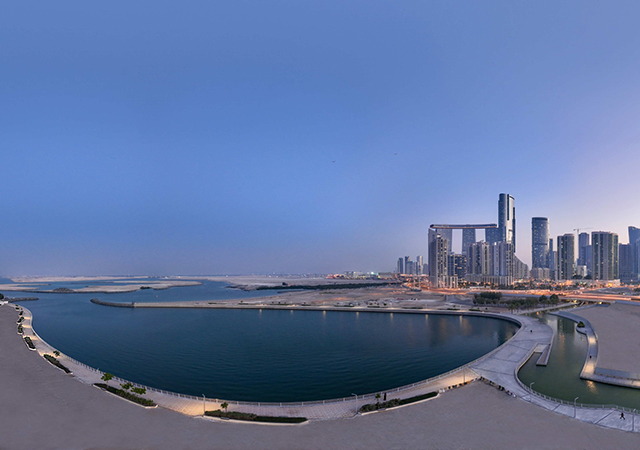
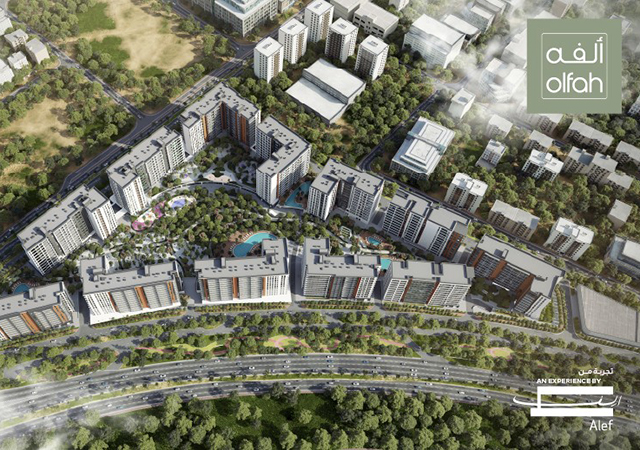
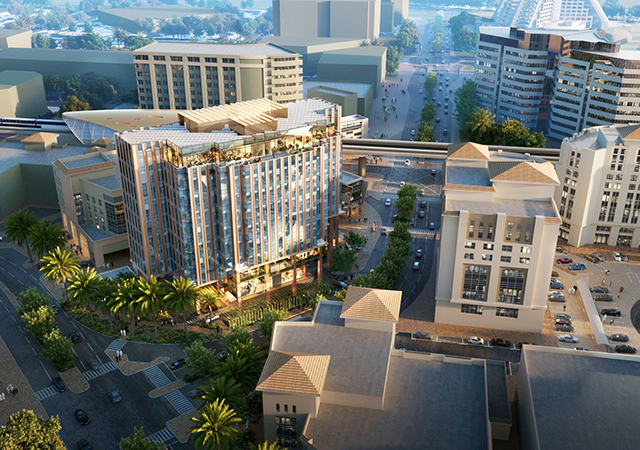
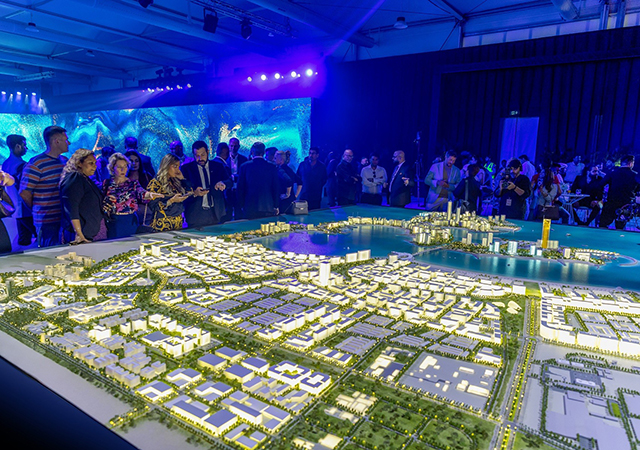

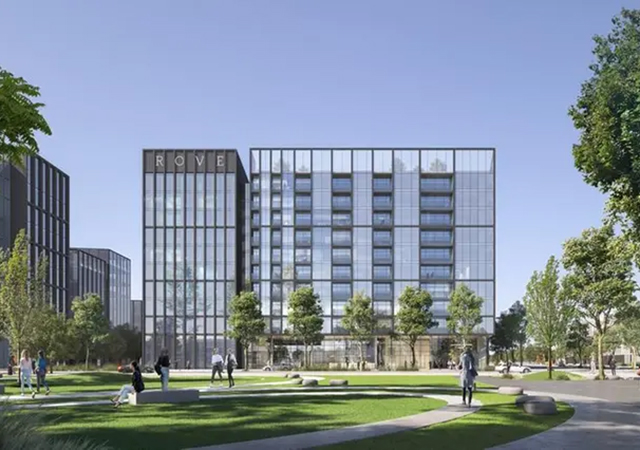
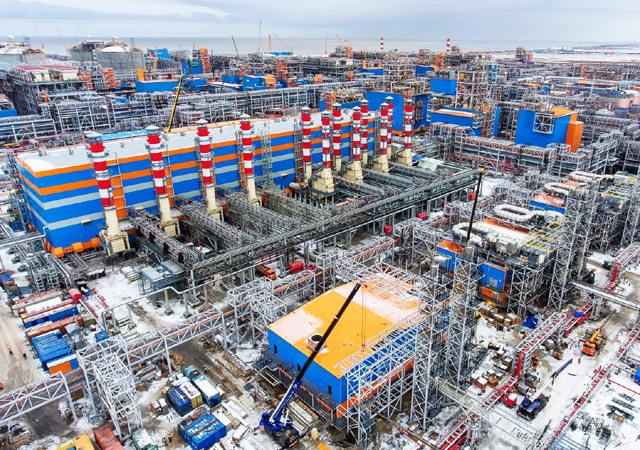
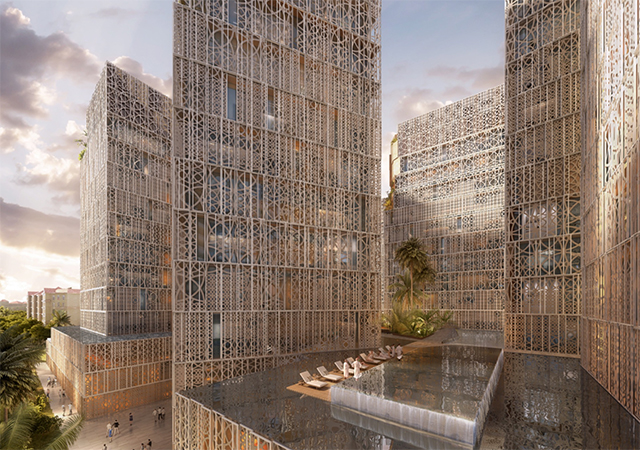
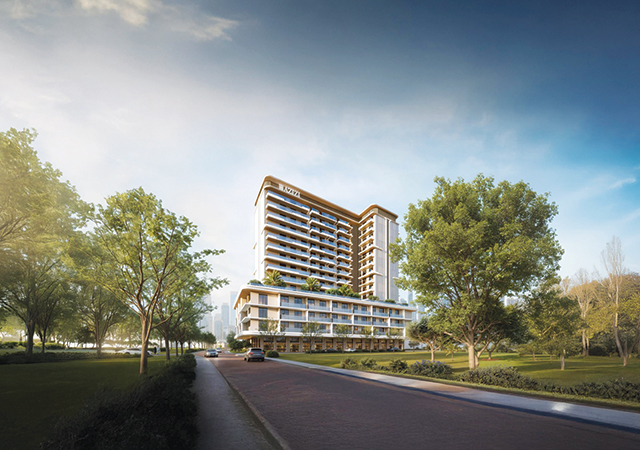
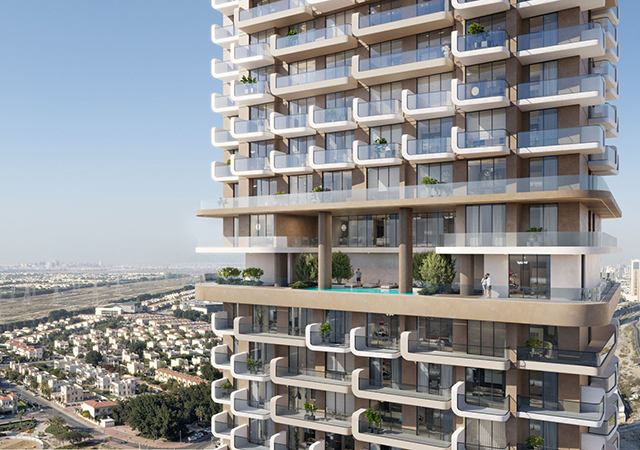
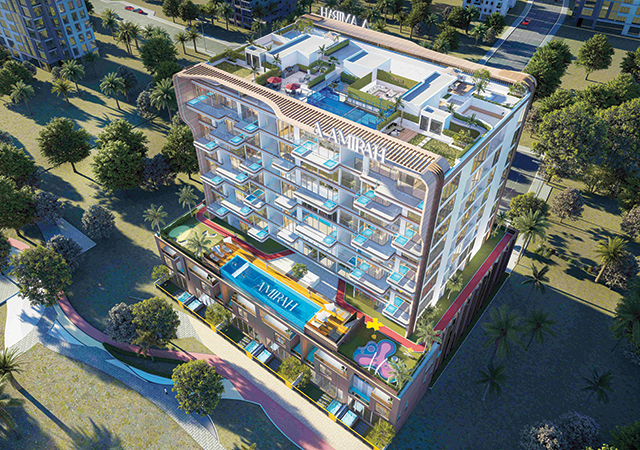

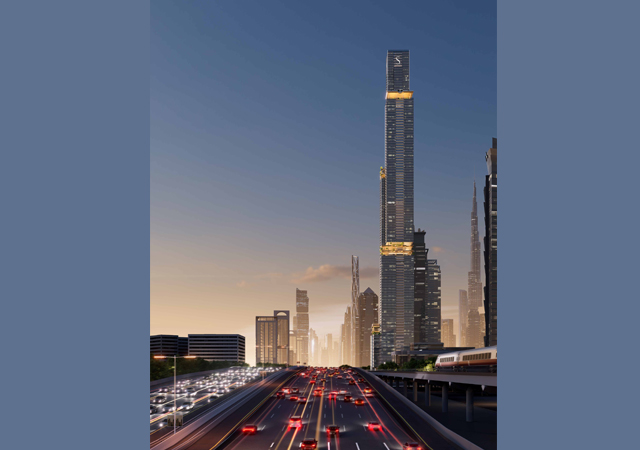
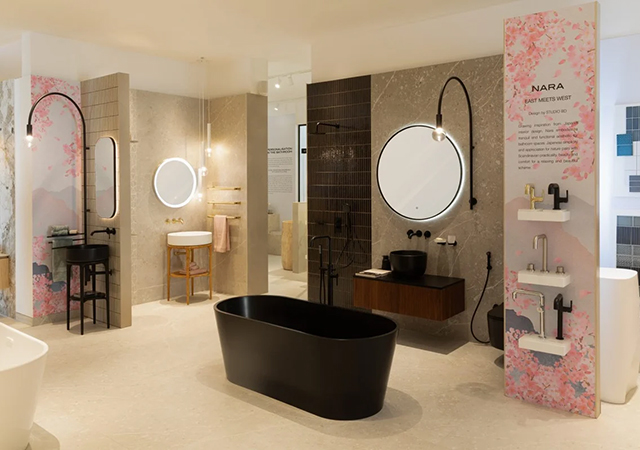


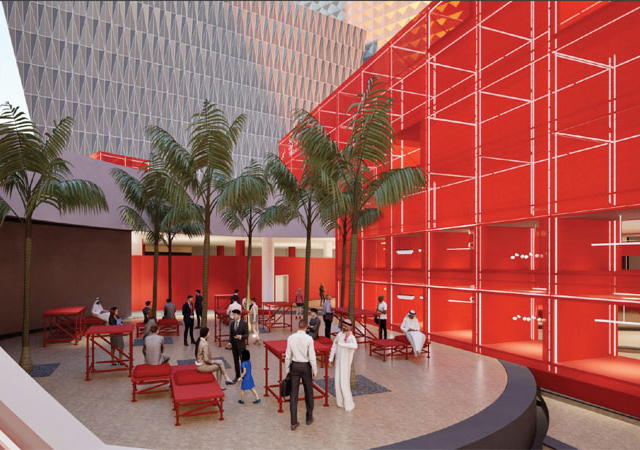

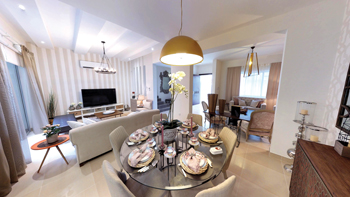
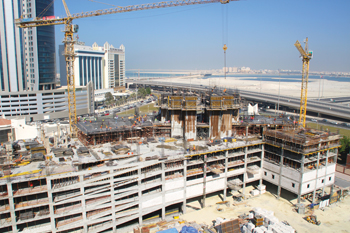
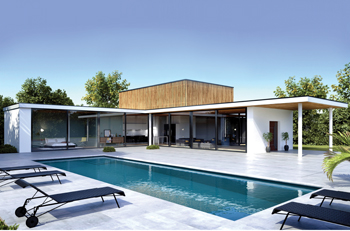
-seef.jpg)
